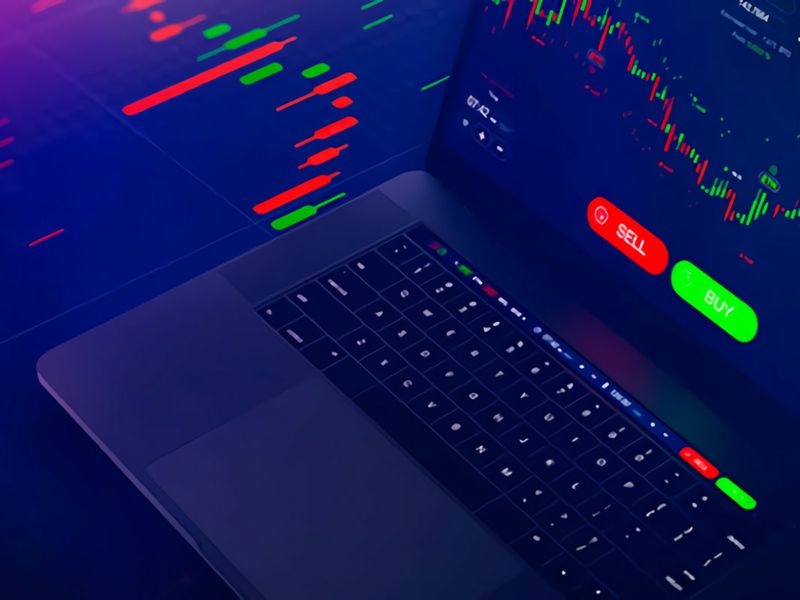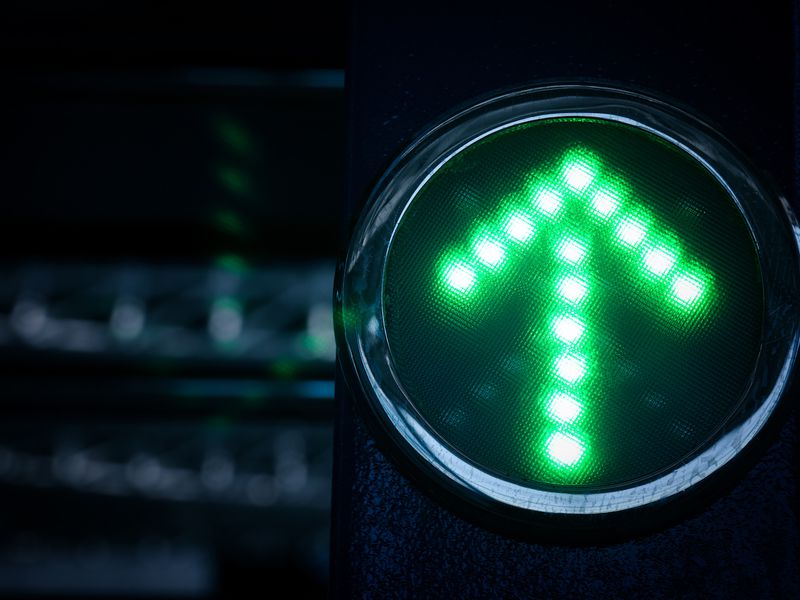Pump the BRCs: The Promise and Peril of Bitcoin-backed Tokens
:format(jpg)/www.coindesk.com/resizer/Xsj8Ri2RTmNmhT1RBWW6D6WHryE=/arc-photo-coindesk/arc2-prod/public/MW2CPFVJ2FHJZPMKSZJARX22RU.jpg)
David Z. Morris is CoinDesk’s Chief Insights Columnist. He holds Bitcoin, Ethereum, and small amounts of other crypto assets.
A new frenzy is sweeping cryptoland – so-called “BRC-20s” are fungible tokens deployed on the Bitcoin blockchain, and some are beginning to see major market activity. The proposed new standard was introduced in March by a coder known online as Domo, and it has a lot of interesting potential.
Tokens on Bitcoin aren’t a radically new idea – in fact, one of the earliest big experiments in crypto, “colored coins,” was an attempt to do something very similar. But BRC-20s, like Ordinal non-fungible tokens (NFTs), were enabled by new features introduced in Bitcoin’s recent Taproot upgrade.
This article is excerpted from The Node, CoinDesk’s daily roundup of the most pivotal stories in blockchain and crypto news. You can subscribe to get the full newsletter here.
That’s the main point of the BRC-20 experiment – to see exactly what the new tech can do. When I reached out, Domo generously recommended a few resources for techies who want to dig deeper on BRC-20s. This basic intro for builders explains how to deploy BRC-20s and discusses some of the broader questions yet to be resolved. This is a more in-depth technical rundown by Domo. And this is a video introduction by YouTuber pazNGMI, which includes info on minting and wallets.
But Domo, and most other experts, have issued strong warnings against financial speculation in the new token format. In fact, just after the experimental standard was launched, Domo declared that “These will be worthless. Please do not waste money mass minting.”
With a flood of new BRC-20 memecoins being traded for real money, at least some people are clearly ignoring that warning. And it’s hard to blame them: in crypto, getting in first on anything new tends to be a decent strategy for speculators.
‘These will be worthless’
So why would the first assets created with this exciting new technology be “worthless?” There are two prongs to the explanation.
On the one hand, the BRC-20 standard is just a proposal at this point, and there’s no guarantee it will be widely integrated into blockchain tools like wallets and exchanges. Average users will probably have a hard time accessing BRC-20s for the foreseeable future. Wallets have to have special features to read ordinals, and even more special features to read the new BRC-20s. Same goes for exchanges – as Domo warned in March, “It is unlikely that balances will be safely tradable using existing marketplace infrastructure.” Some exchanges are certainly gearing up to integrate BRC-20s, but the markets won’t be fully liquid for some time, even if BRC-20s become a widely-accepted standard.
But even that standardization could be a long way off: the design of BRC-20 isn’t necessarily finalized, much less fully vetted or adopted. In theory, there might be other ways to deploy tokens on Bitcoin, or further improvements to BRC-20 in its current form. If a competing or improved standard winds up being more widely adopted, the current wave of BRC-20s could become little more than digital museum pieces.
But second, and more fundamentally, it remains unclear just where the economic value of tokens issued on Bitcoin might come from.
Above all, this is a question because BRC-20s aren’t broadly compatible with smart contract or decentralized finance (DeFi) systems. Despite borrowing their nomenclature from Ethereum’s ERC-20s, they’re not technically parallel, and regardless, Bitcoin itself doesn’t have DeFi features. So if and when workarounds emerge, getting BRC-20s onto DeFi will likely involve bridges or other higher-risk structures.
For now, this means BRC-20s can’t serve as the backbone of decentralized autonomous organizations (DAOs) or other more complex systems that would give them utility and value. There are certainly possible use cases for simple tokens on Bitcoin, but their structure may wind up being radically different from tokens on Ethereum – a topic for a deep dive at another time.
There’s a much more immediate downside to BRC-20s current limitations, even for degens happy to play the decentralized Ponzi game of memecoins. The lack of DeFi compatibility means that BRC-20s can’t benefit from liquidity provided by DeFi services like trading pools. So even pure speculation in the tokens may not have the frothy upside of a similar token issued on Ethereum.
In fact, we’re seeing that play out right now. A BRC-20 known as “Pepe” is among those now being traded by a few daring basement-dwellers. BRC Pepe and all the other BRC-20s that currently exist had a combined fully diluted value (FDV) of $137 million as of May 2.
But there’s also a “Pepe” memecoin on Ethereum, which was launched in April. Its FDV now sits at $1.2 billion.
In short, BRC-20s are a fascinating innovation with seriously interesting potential. But if you’re looking for the lowbrow thrill of riding ephemeral pumps in animal-based casino tokens, it seems Ethereum should still be your home base.
Learn more about Consensus 2024, CoinDesk’s longest-running and most influential event that brings together all sides of crypto, blockchain and Web3. Head to consensus.coindesk.com to register and buy your pass now.
DISCLOSURE
Please note that our
privacy policy,
terms of use,
cookies,
and
do not sell my personal information
has been updated
.
The leader in news and information on cryptocurrency, digital assets and the future of money, CoinDesk is a media outlet that strives for the highest journalistic standards and abides by a
strict set of editorial policies.
CoinDesk is an independent operating subsidiary of
Digital Currency Group,
which invests in
cryptocurrencies
and blockchain
startups.
As part of their compensation, certain CoinDesk employees, including editorial employees, may receive exposure to DCG equity in the form of
stock appreciation rights,
which vest over a multi-year period. CoinDesk journalists are not allowed to purchase stock outright in DCG
.
:format(jpg)/www.coindesk.com/resizer/Xsj8Ri2RTmNmhT1RBWW6D6WHryE=/arc-photo-coindesk/arc2-prod/public/MW2CPFVJ2FHJZPMKSZJARX22RU.jpg)
David Z. Morris is CoinDesk’s Chief Insights Columnist. He holds Bitcoin, Ethereum, and small amounts of other crypto assets.









